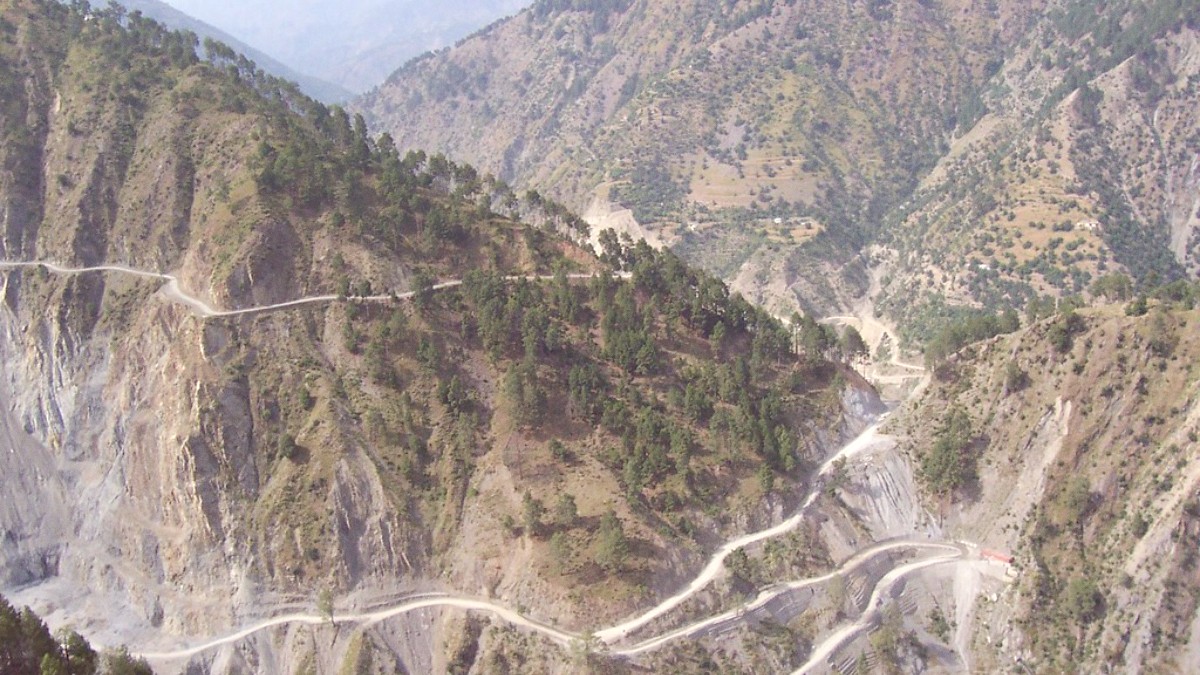
Jammu And Kashmir, India
Ladakhi cuisine draws strong influences from Tibetan, Kashmiri, and Central Asian traditions. It developed to suit the cold desert climate, using ingredients that grow well in harsh conditions or are easily preserved.
Staple ingredients include barley flour (tsampa), wheat, potatoes, and various root vegetables. Meat, especially mutton, yak, and chicken, feature in many dishes. Flavors are generally mild. Yak milk cheese (chhurpe) and butter are also prominent.
While core elements remain consistent, subtle variations in dishes exist between Leh town and more remote villages.
Homestays in villages often present the most authentic and traditional preparations.
Dishes can vary based on the seasonal availability of local produce.
A warming noodle soup, often with vegetables or meat.
Widely available in local eateries and restaurants across Leh.
Tibetan-style dumplings, steamed or fried, filled with vegetables or meat (mutton, chicken).
An ubiquitous and popular snack.
Skyu: A traditional Ladakhi pasta with root vegetables and meat in gravy. Chhutagi: Bow-tie shaped pasta served with a thick stew.
Traditional dishes, often found in local guesthouses.
Look for street vendors offering freshly steamed Momos and hot Thukpa.
A simple pan-fried bread, ideal for a quick snack.
Leh town has a range of dining experiences, from casual street food to more formal settings.
Limited options are mainly found within upscale hotels.
Numerous mid-range restaurants in Leh serve a mix of cuisines.
Plenty of local Dhabas (roadside eateries) and street food stalls are found throughout Leh.
Leh's popularity among international travelers means you can find a variety of cuisines.
Pizzerias, Italian, Israeli, and even some Korean restaurants cater to diverse tastes.
Halal meat is generally available, specifically at Muslim-run establishments.
Kosher food is not widely available, and vegan options require specific requests as dairy is common.
Leh is very vegetarian-friendly due to Buddhist dietary practices.
Can be challenging as wheat and barley are staple ingredients. Communicate clearly.
Carrying a Translation card with dietary restrictions can be useful.
Clearly communicate any specific dietary needs when ordering food.
Enjoy dining at rooftop cafes in Leh, which present views of the town and mountains.
They offer scenic views, a relaxed ambiance, and a range of cuisines.
Experience a traditional homestay meal for a truly authentic dining experience.
This allows for deep cultural immersion.
Do not be afraid to try local Dhabas for authentic flavors.
Stay well-hydrated, especially when trying new foods, to support acclimatization.
Inquire about dishes featuring fresh, seasonal produce.
Visit local bakeries for fresh bread and simple pastries.
Explore traditional Ladakhi sweets, often made with barley and dry fruits.
Express gratitude to your hosts or restaurant staff.
A simple "Juley" (hello/thank you) is appreciated.
Ladakhi meals can be hearty; manage your portion sizes.
It is polite to finish what you take.
Platforms like GetYourGuide might list cooking classes or food tours.
Check hotel websites like IHG Hotels for in-house dining options and reviews.
Look for local Ladakhi cookbooks to bring home culinary traditions.
Embrace the local cuisine; it is a significant part of the Ladakhi experience.